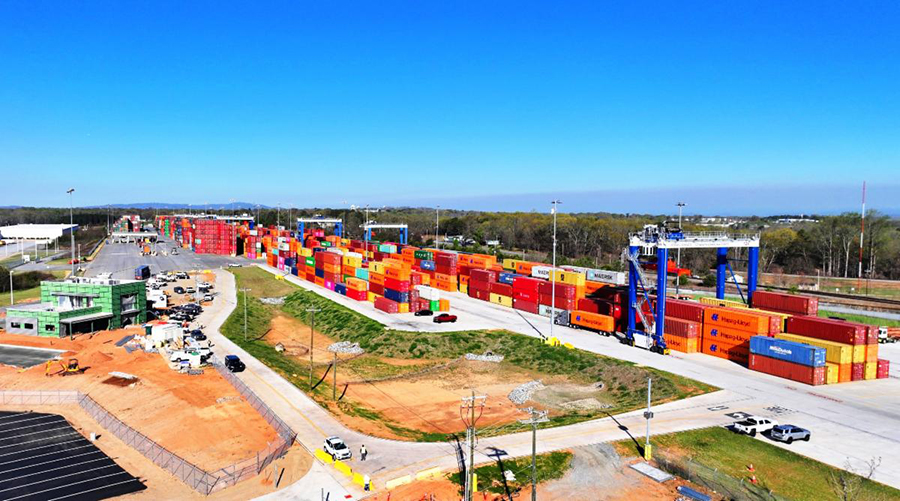Stay updated on news, articles and information for the rail industry
 railPrime
railPrime
3/14/2014
Rail News: Rail Industry Trends
U.S. rail traffic was mixed again in year's 10th week
For the week ending March 8, U.S. railroads reported 274,480 carloads, down 1 percent, and 244,015 intermodal units, up 3.7 percent compared with volumes from the same week late year, according to the Association of American Railroads (AAR).
Total combined weekly traffic rose 1.2 percent to 518,495 units. Only five of 10 carload commodity groups posted gains, led by petroleum and petroleum products at 11.3 percent.
Through 2014's 10th week, severe winter weather remained a significant headwind to railroad operating metrics, such as terminal dwell time and cars on line, said Robert W. Baird & Co. Inc. analysts in their weekly "Rail Flash" report.
"All three large public US Class Is recently noted bringing on additional locomotives to help assuage network issues," they said.
Bad weather is heavily impacting railroads north of the U.S. border, too. For the week ending March 8, Canadian railroads handled 70,009 carloads, down 11 percent, and 51,461 intermodal units, down 2.4 percent year over year. In Mexico, railroads' weekly carloads dipped 1.1 percent to 15,162 units and their intermodal volume declined 3.4 percent to 9,745 units.
Through 10 weeks, 13 reporting U.S., Canadian and Mexican railroads handled 3,573,421 carloads, down 1.9 percent, and 3,023,825 containers and trailers, up 0.9 percent compared with the same 2013 period.
The AAR also announced that U.S. Class Is in fourth-quarter 2013 originated 108,590 carloads of crude oil, bringing total crude originations for the year to 407,642 units — a 74 percent increase compared with 2012's 233,819 carloads. Crude accounted for 1.4 percent of total U.S. Class I originations in 2013.


 LRW Honors Amtrak’s Acheson As Railway Woman Of The Year
LRW Honors Amtrak’s Acheson As Railway Woman Of The Year
 From Editor-In-Chief Foran: Of Gender Equity And Inclusion
From Editor-In-Chief Foran: Of Gender Equity And Inclusion
 Spotlight On Some Of Today’s Rail Safety Products
Spotlight On Some Of Today’s Rail Safety Products
 Women of Influence in Rail eBook
Women of Influence in Rail eBook








